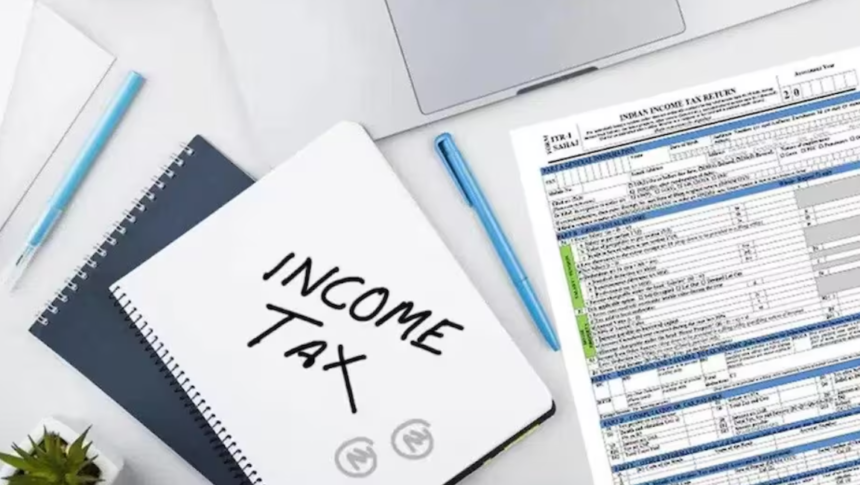Finance Minister Smt Nirmala Sitharaman presented the Interim Budget for the financial year 2024-25. Tabled against the backdrop of the upcoming general elections, the budget mainly focused on status-quo while indicating the broad direction for India’s economic development. Billed as the ‘Viksit Bharat Budget 2024’, the interim fiscal policy document outlined initiatives to propel India towards realizing its vision of becoming a developed nation by 2047. Read to learn more about the budget and how it affects things like mutual fund investments.
No change in income tax slabs
In a major relief to the taxpayers, the finance minister announced that there will be no change in the income tax slabs for the financial year 2024-25. This means the same tax rates will continue for various income brackets under the old tax regime as well as the new tax regime introduced in 2020. Taxpayers with an annual income up to Rs. 7 lakh will have nil tax liability, while those earning between Rs. 7-10 lakh will continue to pay 5% tax. The maximum tax rate of 30% is applicable for income above Rs. 10 lakh. Thus, individuals who fall into different tax brackets and are looking to save taxes can consider mutual fund investments like ELSS funds.
Extension of startup tax benefits
To further promote entrepreneurship and boost the startup ecosystem, certain tax benefits that were scheduled to end on March 31, 2024 have been extended by another year till March 2025. This includes capital gains exemption available to eligible startups and investments made in India by sovereign wealth funds in infrastructure and other notified sectors. The extension will encourage more funding into budding businesses and new investment opportunities. It is a welcome step to support the growth ambitions of startups in the country.
No change in corporate tax rates
In a bid to keep India an attractive investment destination, the finance minister announced that the prevailing corporate tax rates will remain unchanged. The base tax rate stands at 22% for domestic companies and 15% for new manufacturing companies incorporated after October 1, 2019. This rate is one of the lowest in the world and had helped India climb up on ease of doing business rankings. Keeping rates steady ensures tax certainty and stability for businesses to plan their investments with confidence in the long run.
Digital initiatives boost direct tax collections
The budget highlighted how technology upgrades and automation initiatives undertaken by the Income Tax Department have substantially improved direct tax administration. Digital initiatives like pre-filling of returns and online processing have led to multiplication in tax return filers as well as collection amounts. Direct taxes as a percentage of GDP have increased from 5.5% in 2014 to 6% currently. The average time for processing returns has also remarkably reduced to just 10 days now from over 90 days few years back. This points towards increased tax compliance through efficient use of data analytics and Artificial Intelligence.
Roadmap for ‘Viksit Bharat’ by 2047
Wrapping up the direct tax proposals, the finance minister laid down the broader vision of a developed India by 2047 as enshrined in the overall theme of ‘Viksit Bharat Budget 2024’. While this interim budget focused more on status quo due to the model code in effect, it sets the tone for futuristic tax policies and measures by the next elected government which would work to realize India’s ambitious development agenda. The continuation of stable and competitive tax rates is expected to keep fuelling the growth momentum.















